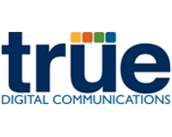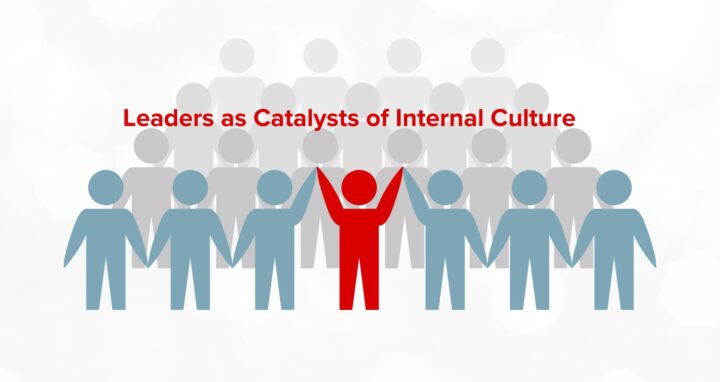This insight post summarizes the original blog post published by True Digital Communications: How to Set Goals that Matter.
Every company uses some form of an operating system, whether it’s named or not. An example of one is the Entrepreneurial Operating System (EOS). EOS is used by thousands of entrepreneurial companies around the world. It’s designed to be a simple framework for defining what’s important, who owns it, and exactly what success looks like, allowing companies to get better results in every aspect. In this installment of their EOS series, True Digital Communications takes a look at one of the most important factors of the EOS system, setting goals that matter.
Sharing the Same Vision
Before a business can set goals that matter, it’s important for all the members of the leadership team to be aligned on the company’s vision. Without a shared vision, how are members of the leadership team supposed to know where they’re going? Think of it as trying to follow the directions of multiple people who are all using their own map.
True Digital Communications, like other companies that follow EOS, utilizes a shared tool called the Vision/Traction Organizer (V/TO). The V/TO aligns your team on 8 critical components for your business (Core Values, Core Focus, 10-Year Target, Marketing Strategy, 3-Year Picture, 1-Year Plan, Quarterly Rocks, Issues List). Once everyone in the company shares the same vision and owns the plan, you’ll be surprised at how effective it is at helping your business gain traction to reach its goals.
Setting Goals That Matter
At some point in your career, you might have heard of SMART goals. This refers to setting a benchmark for your business that is:
- Specific
- Measurable
- Achievable
- Realistic
- Timely
EOS is a big advocate of SMART goals, but the system uses them differently than you might be used to. In EOS, businesses break down their long-term vision and annual goals into smaller achievable goals called “Rocks.” This process helps companies to maintain focus and gain traction throughout the course of the year. For example, True establishes Rocks every 90 days. At the end of each quarter, the team meets to evaluate progress against these Rocks and how our efforts have impacted where we want the business to go for the year.
Rocks, however, are a little different than SMART goals. For starters, in EOS, it’s best practice to work towards only 3 to 7 Rocks at one time. Why is this a rule? A key component to accomplishing goals and gaining traction is focus and prioritization. Our target at the end of 90 days is to have at least 80% of our Rocks complete. Furthermore, when you’re running a business, there’s only so much time, people, and resources you can devote to accomplishing your goals. Since EOS puts a more realistic lens on goal setting, team members across all levels of the organization can contribute in meaningful ways.
Breaking Away from Competition
One of the core benefits of using Rocks is that any competition within the organization about reaching goals is cast aside. EOS helps everyone in the business get on the same page about the primary goals and priorities for the next 90 days. We know that when we are focused on these priorities, we are aligned with our longer-term annual goals and vision. In this way, everyone is encouraged and incentivized to work together.
Learn more about how you can start setting rocks by reading the full blog post How to Set Goals That Matter. You can also find other insights on Internal Communications from other Worldcom partners.
True Digital Communications focuses on making digital marketing simple so clients can achieve anything. Its digital experts deliver smart, strategic solutions that connect with customers in meaningful ways by leveraging content marketing, social media, digital advertising and more. Founded in 2011, True continues to stay on the leading edge of digital trends to produce measurable results that make a difference.




